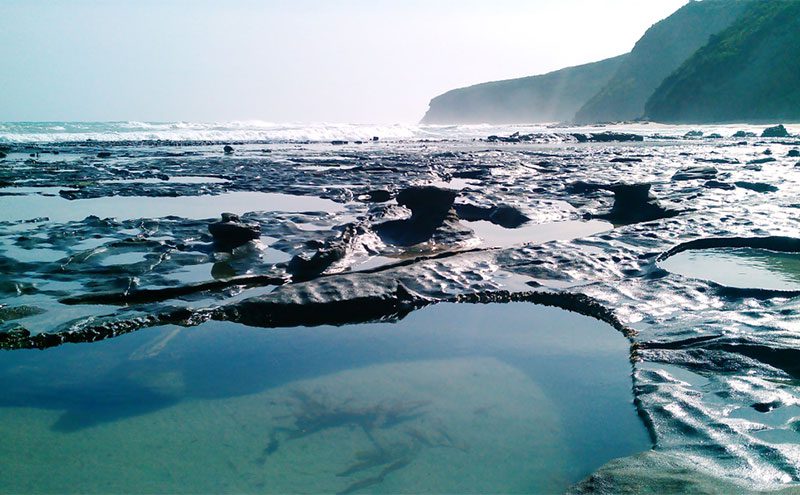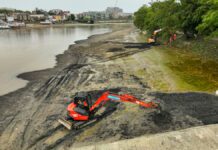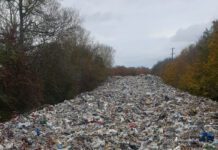
The 4th Premiam Conference was held at the Natural History Museum in the Flett Theatre in June 2018. The theme of this year’s Conference was “Looking back and moving Forward”.
The event provides a forum for scientists, regulators, environmental advisors and other professionals working in the field of marine oil/chemical spill monitoring and impact assessment to share experience, best practice and knowledge with the wider marine emergency response community.
The conference was opened by Sonia Phippard, Director General for Environment, Rural and Marine, DEFRA followed by Mark Kirby, Science Services Director, Cefas, who introduced Premiam and the Post-Spill Monitoring guidelines.
This year’s conference showed a great international feel as speakers travelled from across parts of the globe to present their work such as Keynote speaker Gary Shigenaka, Marine Biologist, NOAA from the USA who presented an interesting presentation of his career studying the consequences of catastrophes like EXXON VALDEZ, Deepwater Horizon and the smaller lesser known F/V Deep Sea, Penn Cove. Gary’s presentation explored the impact of these spills on the environment, wildlife and how these were managed in post spill monitoring. It looked at the length of time the environment and surrounding species has taken to recover or not recover following these spills and lessons learnt from them. He showed that there is still a lot to learn in post spill monitoring and restoration of the environment impacted.
Ivan Calvez, Biological Oceanographer, CEDRE presented on the Spills of Amoco Cadiz (1978) and Erika (1999). The presentation highlighted areas of improvement in post spill procedures and monitoring and what CEDRE are doing to improve the current post spill guidelines in France.
Environmental biologist Terry McGenity from Essex University presented on the molecular microbial tools for future oil spill monitoring. The presentation focused on the effect microbes have on the degradation of hydrocarbons from a spill, what it means and how this information can be used in post spill monitoring using a variety of different devices to record microbial activity.






